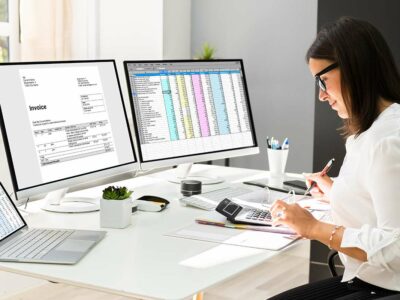
Period costs are costs that are not involved directly in the manufacturing process of inventories. In other words, they are the expenses paid on non-manufacturing activities. These costs may include sales, general, and administrative (SG&A) expenses that relate to marketing or sales. Operating expenses are expenses related to daily operations, whereas period expenses are those costs that have been paid during the current accounting period but will benefit future periods.
SaaS Financial Model Template
- The main benefit of classifying costs as either product or period is that it helps managers understand where their costs are being incurred and how those costs relate to the production process.
- Therefore, the cost of inventories (Cost of Goods Sold, or COGS) is the same as product costs.
- The costs are not related to the production of inventory and are therefore expensed in the period incurred.
- Administrative expenses are required to provide support services not directly related to manufacturing or selling activities.
- Period costs are selling and administrative expenses, not related to creating a product, that are shown in the income statement in the period in which they are incurred.
- Operating expenses are costs that businesses expect to incur in their attempts to generate revenue.
- When a company spends money on an advertising campaign, it debits advertising expense and credits cash.
Managing your costs is doubly important if you own a manufacturing business, since you’ll need to manage both product and period costs. Product costs, also known as direct costs or inventoriable costs, are directly related to production output and are used to calculate the cost of goods sold. Period costs or period expenses are specific type of expenses a company may incur during an accounting period without being able to link it to inventory or cost of goods sold. However, managing Period Costs effectively indirectly impacts the balance sheet by influencing cash flow, liquidity, and profitability. By controlling Period Costs and optimizing spending, businesses can improve their bottom line profitability, increase cash reserves, and enhance overall financial stability.

Accounting Treatment of Product and Period Cost

These costs are not included as part of the cost of either purchased or manufactured goods, but are recorded as expenses on the income statement in the period they are incurred. If advertising happens in June, you will receive an invoice, and record the expense in June, even if you have terms that allow you to actually pay the expense in July. The cash may actually be spent on an item that will be incurred later, like insurance.
How To Distinguish Product Costs From Period Costs in a Small Business Setup

From paying employee salaries to covering utility bills and marketing expenses, Period Costs encompass a wide range of expenditures necessary for day-to-day business operations. Period costs take up most of the space on the expense section of your income statement. As a general rule, costs are recognized as expenses on the income statement in the period that the benefit was derived from the cost. So if you pay for two years of liability insurance, it wouldn’t be good to claim all of that expense in the period the bill was paid. Since the expense covers a two year period, it should be recognized over both years.

In short, all costs that are not involved in the production of a product (product costs) are period costs. They are identified with measured time intervals and not with goods or services. Period costs can be defined as any cost or expense items listed define period cost in the firm’s income statement. Examples of period costs include selling and administrative expenses. Both of these types of expenses are considered period costs because they are related to the services consumed over the period in question.
Understanding product cost: a general overview
Any of these types of companies may just use the term overhead rather than specifying it as manufacturing overhead, service overhead, or construction overhead. Overhead is part of making the good or providing the service, whereas selling costs result from sales activity, and administrative costs result from running the business. If the cost isn’t traceable and allocable to products and services, this cost is a period cost.
They are the costs that are directly and indirectly related to producing an item. If you manufacture a product, these costs would include direct materials and labor along with manufacturing overhead. Most of the components of a manufactured item will be raw materials that, when received, are recorded as inventory on the balance sheet. Only when they are used to produce and sell goods are they moved to cost of goods sold, which is located on the income statement.
Considerations in Production Costs Calculations
From there, you can make decisions that will make your business more profitable. The company’s period costs are $169,800 ($147,300 operating expenses + $500 interest expense + $22,000 tax expense). The first expenses listed on a multi-step income statement are cost of goods sold, which is a product cost. It follows logically that period costs are expensed in the same timeframe — or period — they’re incurred. Even though this cost is directly related to products, it has nothing to do with producing them. Thus, most companies would consider it a period cost and account for it on the income statement directly.
Read our article about managerial accounting to learn more about how it can help your business manage costs. When costs are traceable to products and services, they are undeniably product costs. Being traceable means that you won’t have a hard time determining the physical quantity and its cost equivalent. Product costs are the expenses directly tied to the creation of goods or services within a business.

